Welcome to the innovative world of Electric Press Brakes – where precision meets efficiency in metal fabrication. This article delves deep into the mechanics, applications, and technological advancements of Electric Press Brakes, a cornerstone technology for modern manufacturers. As we explore each aspect, from their core components to safety measures, we’ll uncover why these machines are pivotal in the industry. Whether you are a seasoned fabricator or new to the field, this comprehensive guide will illuminate the benefits and capabilities of Electric Press Brakes, making it an essential read for those striving to stay ahead in the competitive world of metal fabrication.
- What is Electric Press Brake?
- Why Investment Electric Press Brake?
- Core Components of Electric Press Brake
- Working Principles of Electric Press Brake
- Comparing Hydraulic, Mechanical, and Electric Press Brakes
- Precision and Control in Electric Press Brakes
- Understanding the Role of CNC in Press Brake Operations
- Energy Efficiency: How Electric Press Brakes Save Power
- Applications and Capabilities of Electric Press Brake
- Ensuring Safety in Electric Press Brake Operations
- How to Choose a Right Electric Press Brake
What is an Electric Press Brake?
In the realm of metal fabrication, precision and efficiency are paramount. This is where the Electric Press Brake comes into play, revolutionizing the industry with its advanced technology. An Electric Press Brake is a type of machine used for bending sheet metal, utilizing electric motors as its primary source of power. This differs significantly from traditional hydraulic press brakes, as it offers enhanced precision, speed, and energy efficiency.
The core of this innovative technology lies in its use of electric servo motors. These motors directly drive the ram, ensuring a level of control and accuracy that is difficult to achieve with hydraulic systems. For businesses seeking a sustainable and cost-effective solution, electric press brakes are a standout choice. They consume less energy and require less maintenance compared to their hydraulic counterparts, leading to a reduction in operational costs and environmental impact.
As a leading Press Brake Manufacturer, our focus is on delivering machines that are not only high-performing but also user-friendly. The electric press brake’s intuitive controls and programmable features allow for precise and repeatable bends, making them ideal for high-precision tasks. Whether it's small, intricate components or large-scale industrial projects, our electric press brakes are designed to meet a diverse range of bending needs with unparalleled efficiency and accuracy.
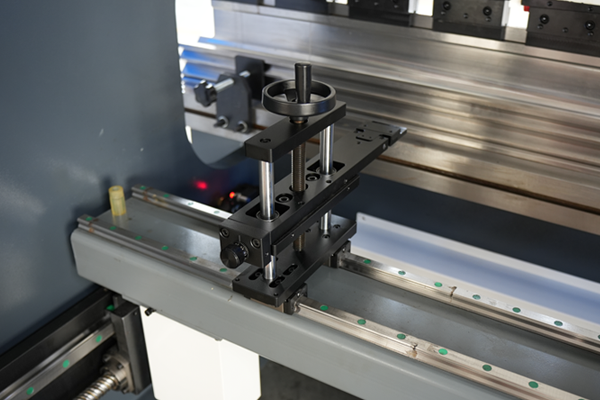
Why Invest in an Electric Press Brake?
Investing in an Electric Press Brake is a strategic decision for any enterprise looking to enhance its metal fabrication capabilities. The reasons for this investment are multifaceted, rooted in both the technological superiority and economic benefits of these machines.
Firstly, precision and repeatability are at the core of what makes electric press brakes a valuable asset. These machines offer a level of accuracy that is paramount in industries where even a millimeter's deviation can lead to costly errors. With an electric press brake, businesses can achieve consistent results, thereby enhancing the quality of their products and reducing waste.
Another compelling reason for the investment is the efficiency and speed offered by electric press brakes. Unlike traditional hydraulic brakes, these electric variants can operate at higher speeds without compromising on accuracy. This means shorter production times and increased throughput, enabling businesses to meet their production targets more efficiently.
From an economic standpoint, electric press brakes are a wise investment due to their lower operational costs. They consume less energy, which not only reduces electricity bills but also supports a company’s green initiatives. Additionally, the reduced maintenance requirements of electric models, as compared to hydraulic ones, translate into lower ongoing costs and less downtime.
Lastly, the adaptability and ease of use of electric press brakes make them an attractive option. Modern electric press brakes come equipped with advanced control systems, allowing operators to easily program and execute complex bending operations. This user-friendly nature ensures a shorter learning curve for new operators and enhances overall productivity.
Core Components of an Electric Press Brake
The efficiency and precision of an Electric Press Brake are attributed to its core components. Each component plays a pivotal role in ensuring the machine operates at its best. Let's delve into these critical components and their innovations.
Ram
The Ram is the moving part of the press brake that applies the force to bend the metal. In electric press brakes, the ram's movement is controlled with exceptional precision, thanks to advanced servo motors. This results in highly accurate bends, critical for complex or delicate fabrications.
Backgauge
The Backgauge is responsible for accurately positioning the metal sheet. It’s a crucial component for repeatable precision. The latest backgauges in electric press brakes offer multiple axes of control, allowing for complex shapes to be fabricated with ease and accuracy.
Bed
The Bed serves as the base of the press brake, where the metal sheet lies during the bending process. It's designed to withstand the high forces involved in bending operations and ensure consistent alignment and accuracy.
Drive System
The Drive System in electric press brakes is what sets them apart from traditional hydraulic brakes. Utilizing electric servo motors, this system provides faster, more precise control, leading to increased production speeds and better energy efficiency.
Innovations in Component Technology
Continuous innovation in component technology has been a hallmark of electric press brake development. Innovations such as advanced safety features, improved control systems, and adaptive bending technology not only enhance the machine's capabilities but also ensure operator safety and ease of use. These technological advancements are what make electric press brakes a key player in the future of metal fabrication.
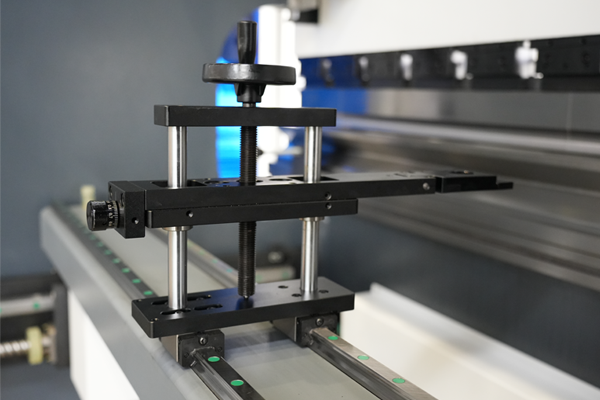
Working Principles of an Electric Press Brake
The Electric Press Brake represents a significant advancement in metal fabrication technology, with a working principle that sets it apart from traditional press brakes. Understanding its operational mechanism is key to appreciating its efficiency and precision.
At the heart of an electric press brake lies the concept of using electrically powered components, unlike the hydraulic systems of traditional brakes. This shift brings about a fundamental change in how the machine operates.
The primary operation begins with the electric servo motors, which control the movement of the ram. When a bending job is initiated, these motors precisely control the downward movement of the ram to form the metal sheet. The level of control provided by these motors is unparalleled, allowing for highly accurate bends.
Concurrently, the backgauge system positions the metal sheet. The backgauge, also powered by electric motors, moves the sheet to the exact position required for the bend. This precise positioning is crucial for achieving the desired bend angles and dimensions.
Another key aspect of the working principle is the synchronization between the ram's movement and the backgauge positioning. This synchronization is facilitated by advanced control systems, which ensure that every bend is executed with precision and consistency.
Lastly, the role of software in an electric press brake cannot be overstated. Modern electric press brakes come equipped with sophisticated software that allows for programming of complex bending sequences, storage of job data, and real-time monitoring of operations. This integration of hardware and software results in a highly efficient, accurate, and user-friendly bending process.
Comparing Hydraulic, Mechanical, and Electric Press Brakes
Understanding the differences between Hydraulic, Mechanical, and Electric Press Brakes is essential for manufacturers to choose the right equipment for their metal fabrication needs. Each type has its unique features, benefits, and limitations.
Hydraulic Press Brakes
Hydraulic Press Brakes are known for their power and ability to handle large-scale jobs. They use hydraulic fluid to move the ram, allowing for the exertion of substantial force. While they offer flexibility in terms of force and size, they typically require more maintenance due to their hydraulic components and are less energy-efficient.
Mechanical Press Brakes
Mechanical Press Brakes, the oldest type, utilize a flywheel and clutch mechanism to operate the ram. They are generally faster than hydraulic brakes but offer less precision. Their mechanical nature means they can be more robust but also more hazardous and less flexible in operation.
Electric Press Brakes
Electric Press Brakes stand out for their precision, speed, and energy efficiency. They use electric servo motors, which provide greater control and accuracy. These machines are ideal for complex, high-precision tasks and are more environmentally friendly due to their lower energy consumption. However, they may not be suitable for the heaviest bending operations.
In comparing these three types, it's clear that each has its place in metal fabrication. Hydraulic brakes are suited for heavy-duty tasks, mechanical brakes for fast operations, and electric brakes for high precision and efficiency. The choice depends on the specific requirements of the task at hand, budget constraints, and the desired level of energy efficiency.
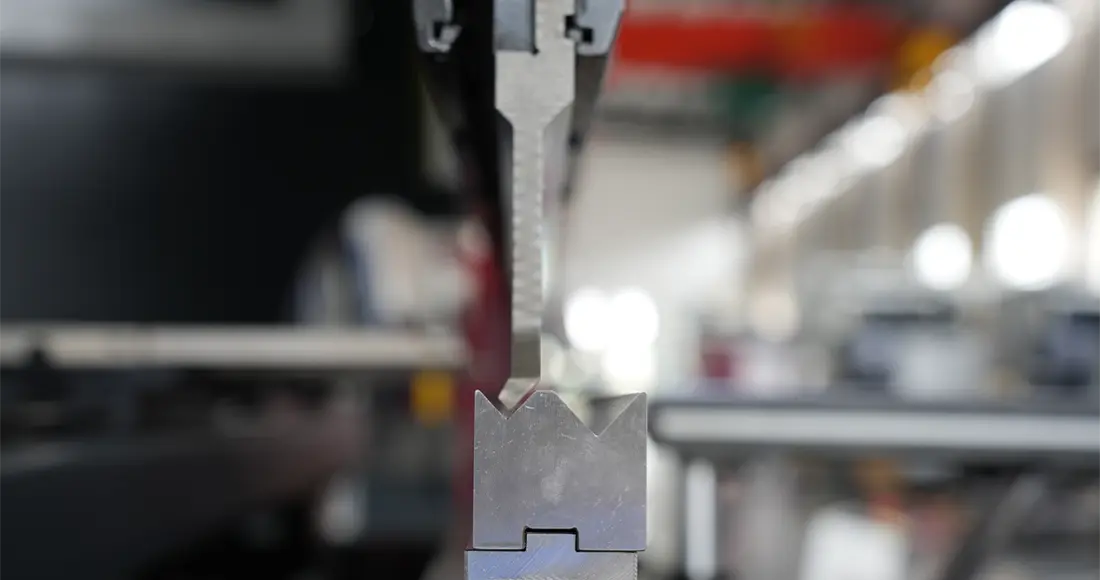
Precision and Control in Electric Press Brakes
The hallmark of an Electric Press Brake lies in its exceptional precision and control, aspects that are indispensable in modern metal fabrication. These characteristics are what set electric press brakes apart and make them highly sought after in the industry.
Precision in electric press brakes is achieved through a combination of advanced technologies. The use of electric servo motors allows for exact positioning of the ram, ensuring that each bend is as accurate as the last. This precision is vital for applications requiring tight tolerances and is a key factor in reducing material waste and improving product quality.
Control in these machines is equally noteworthy. The integration of sophisticated software and control systems allows operators to program detailed bending sequences and adjustments. This level of control not only contributes to the accuracy of bends but also enhances the overall efficiency of the operation. Operators can fine-tune the process for different materials and thicknesses, ensuring optimal outcomes every time.
Another aspect of control is the repeatability that electric press brakes offer. Unlike manual or less advanced machines, electric press brakes can replicate the same bending process with remarkable consistency, which is crucial for large-scale production runs where uniformity is essential.
Furthermore, the advancements in safety features in electric press brakes contribute to better control over the bending process. Enhanced safety measures ensure that operators can work confidently and efficiently, reducing the risk of accidents and errors.
Understanding the Role of CNC in Press Brake Operations
The integration of CNC (Computer Numerical Control) technology has revolutionized Press Brake operations, bringing unparalleled efficiency, precision, and flexibility. In the context of an Electric Press Brake, CNC plays a pivotal role in automating and refining the bending process.
CNC systems in press brakes transform digital designs into precise movements of the machine. By inputting bending specifications and designs into the CNC system, operators can achieve highly accurate bends without the need for manual adjustments. This automation is key for consistent production of complex parts with tight tolerances.
The CNC system's ability to store multiple programs and settings further enhances the machine's versatility. This means that operators can quickly switch between different jobs with minimal downtime, significantly increasing productivity. For custom metal fabrication tasks, this flexibility is invaluable.
Moreover, CNC technology in electric press brakes contributes to improved safety. With precise control over the machine's movements, the risk of accidents is greatly reduced. The CNC system also allows for finer control over speed and pressure, ensuring optimal bending performance for various materials and thicknesses.
The real-time feedback and monitoring capabilities of CNC systems provide operators with valuable insights into the bending process. This aids in quick troubleshooting and adjustments, ensuring high-quality results and reducing waste due to errors.
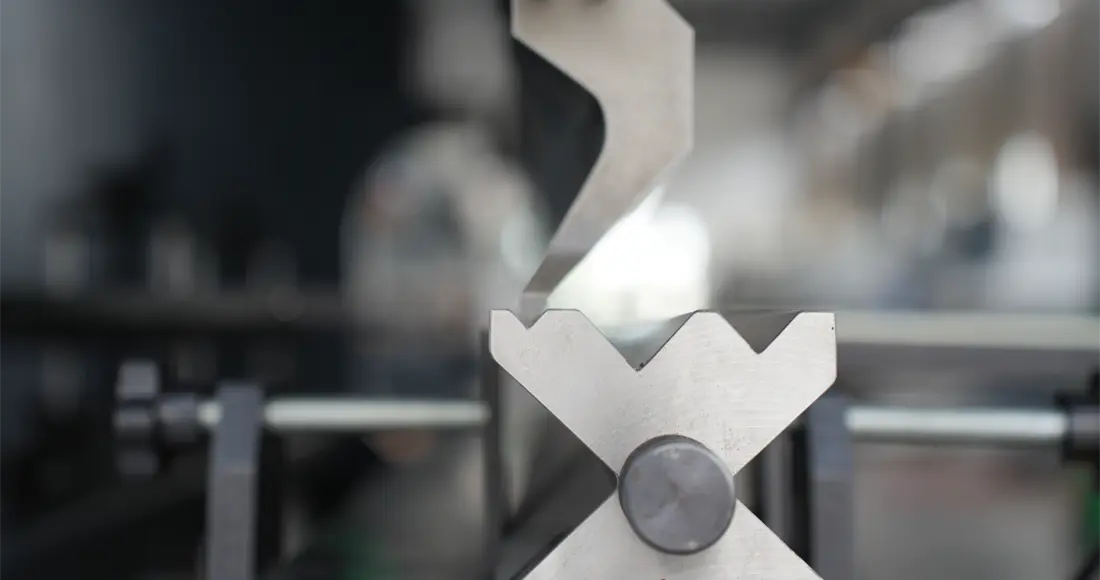
Energy Efficiency: How Electric Press Brakes Save Power
In the evolving landscape of manufacturing, energy efficiency is not just an environmental concern but also a significant economic consideration. Electric Press Brakes stand out in this regard, offering substantial power saving benefits over traditional press brakes.
The key to the energy efficiency of electric press brakes lies in their use of electric servo motors. These motors are highly efficient in converting electrical energy into mechanical energy, resulting in less power consumption for the same amount of work. Unlike hydraulic press brakes, which constantly run their pumps, electric press brakes consume energy only when in actual operation.
Another aspect of these machines that contributes to energy saving is their ability to recuperate energy. During certain operations, like the return stroke of the ram, electric press brakes can regenerate electricity that can be fed back into the power grid or used elsewhere in the machine, further enhancing their energy-efficient nature.
Additionally, the precision control offered by electric press brakes means that energy is used more efficiently. Precise operations reduce the number of errors and reworks, thereby saving the energy that would have been expended in correcting these mistakes. This is not only energy-efficient but also contributes to material savings and reduced waste.
From a maintenance perspective, electric press brakes have fewer components that require energy, such as hydraulic fluids and pumps. This results in lower overall energy consumption for maintenance activities.
Applications and Capabilities of Electric Press Brakes
The Electric Press Brake is a versatile tool in the arsenal of modern metal fabrication. Its applications span across various industries, and its capabilities cater to a wide range of manufacturing needs.
One of the primary applications of electric press brakes is in the precision bending of sheet metals. These machines are ideal for creating intricate parts required in automotive, aerospace, and electronics industries. Their precision and repeatability make them suitable for producing components that demand high accuracy, such as brackets, enclosures, and chassis.
In the construction industry, electric press brakes are used for shaping metal components used in building frameworks and architectural elements. Their ability to handle various metal types and thicknesses with precision makes them invaluable in creating consistent and structurally sound components.
Another significant capability of electric press brakes is their adaptability for custom fabrication. They are particularly beneficial for custom metalwork businesses, where each project may require a different set of bending angles and shapes. The ease of programming and quick setup of these machines allow for efficient transitioning between different jobs.
Moreover, the advanced control systems of electric press brakes enable them to perform complex bending operations that would be challenging or impossible with traditional brakes. This includes complex 3D bending and intricate sequential bends, which are essential in advanced manufacturing sectors.
The environmental benefit of electric press brakes also makes them a preferred choice in sectors that prioritize sustainability. Their energy efficiency and reduced carbon footprint align well with green manufacturing practices.
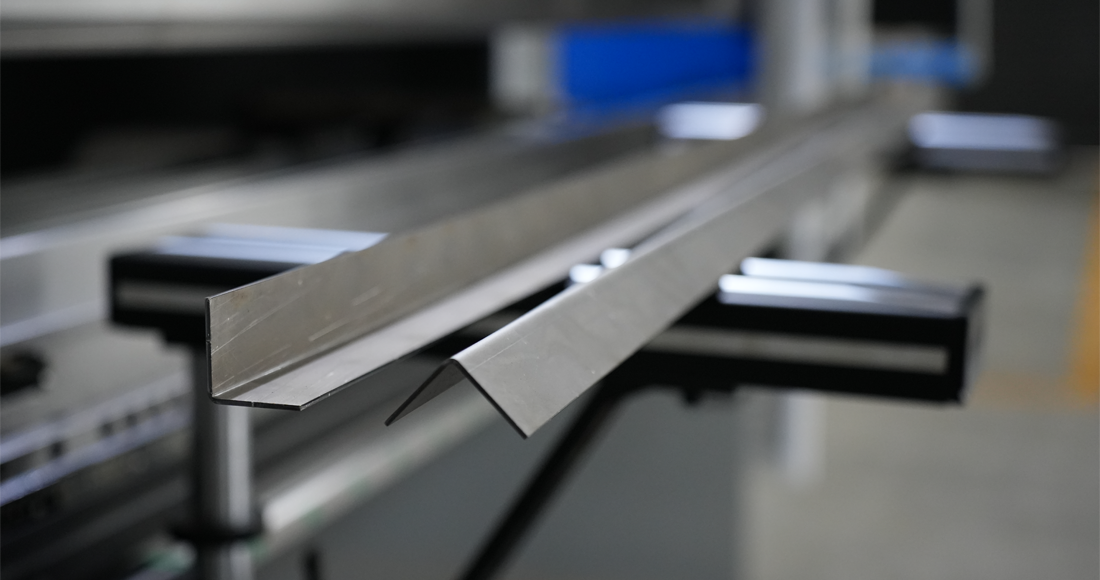
Ensuring Safety in Electric Press Brake Operations
Safety is a paramount concern in any manufacturing environment, and Electric Press Brake operations are no exception. Implementing robust safety measures is crucial to protect operators and ensure a smooth production process.
A key element in ensuring safety with electric press brakes is the integration of advanced safety features. These may include light curtains, laser systems, and safety guards that prevent operator access to moving parts during operation. Such features help in mitigating the risk of accidents and injuries.
Operator training is another critical aspect of safety. Proper training ensures that operators are aware of the potential hazards and understand how to use the machine safely. This includes knowledge of the press brake's functions, understanding safety features, and being adept at emergency procedures.
Regular maintenance and inspections of the electric press brake also play a vital role in safety. Ensuring that all components are in good working order and addressing any issues promptly can prevent malfunctions that may lead to accidents.
Implementing best practices such as maintaining a clean and organized workspace, using appropriate personal protective equipment (PPE), and adhering to operational guidelines also contribute significantly to overall safety.
Lastly, staying updated with the latest safety standards and technologies in press brake operation is important. As manufacturing technologies evolve, so do safety standards and practices. Keeping abreast of these changes ensures that safety protocols remain effective and relevant.
How to Choose the Right Electric Press Brake
Selecting the appropriate Electric Press Brake for your manufacturing needs is a crucial decision that can significantly impact productivity and quality. Here are key factors to consider when making this choice.
First and foremost, consider the type of work you'll be doing. The material type, thickness, and the complexity of the bends are critical factors. For intricate or precise work, an electric press brake with advanced control systems and high precision capabilities is essential.
The size of the press brake is another important consideration. The length of the bed should be appropriate for the size of the materials you plan to work with. Also, consider the tonnage capacity, which should match the maximum force required for your bending operations.
Evaluate the machine's control system. A user-friendly, intuitive CNC system can greatly enhance efficiency and precision. Look for systems that offer flexibility in programming and can store multiple job profiles.
Energy efficiency should also be a priority. Consider the overall power consumption and energy-saving features of the electric press brake. A more energy-efficient model can reduce long-term operational costs.
Assess the safety features of the press brake. Ensure that it comes equipped with essential safety mechanisms like light curtains, laser guards, and emergency stop features. Safety should never be compromised.
Lastly, consider the after-sales support and maintenance services offered by the manufacturer. Reliable support and easy access to parts and maintenance can significantly influence the long-term usability and performance of the electric press brake.
Embracing the Future with Electric Press Brakes
In conclusion, the journey through the advanced features and benefits of Electric Press Brakes reveals their indispensable role in the metal fabrication industry. Embracing these machines means stepping into a future of unmatched precision, efficiency, and innovation. Leading this technological revolution is Krrass, China’s premier Electric Press Brake manufacturer. Their commitment to excellence and innovation sets a benchmark in the industry. For more information and to explore a range of top-tier Electric Press Brakes, visit https://www.krrass.com/. Join us in shaping the future of metal fabrication with Krrass – where quality meets innovation.
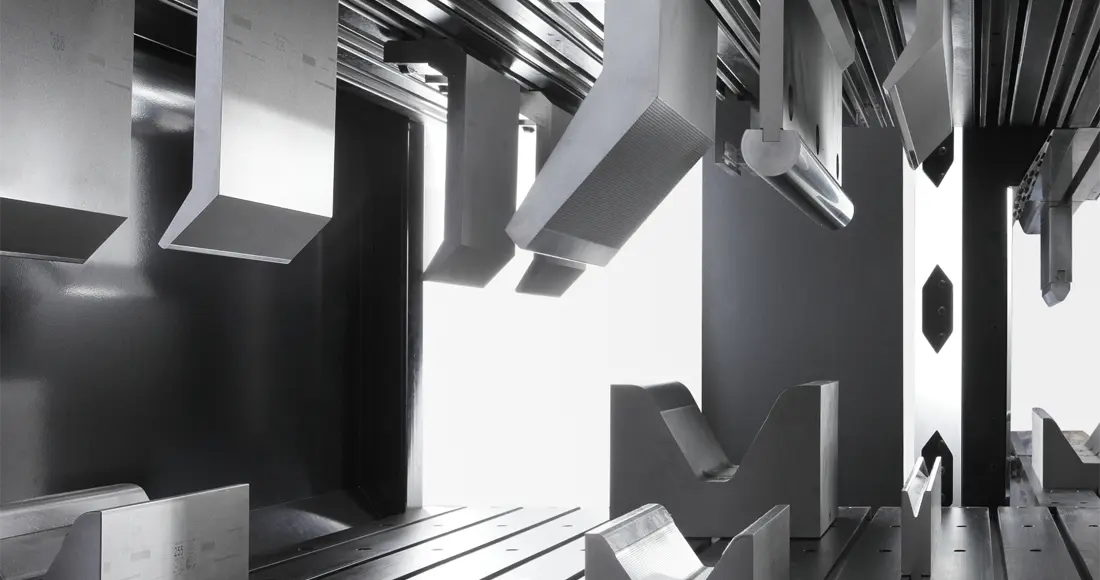





Reviewed by 2 users
Electric press brake
Electric press brake Very good Krrass very good
Electric press brake
Good machine like